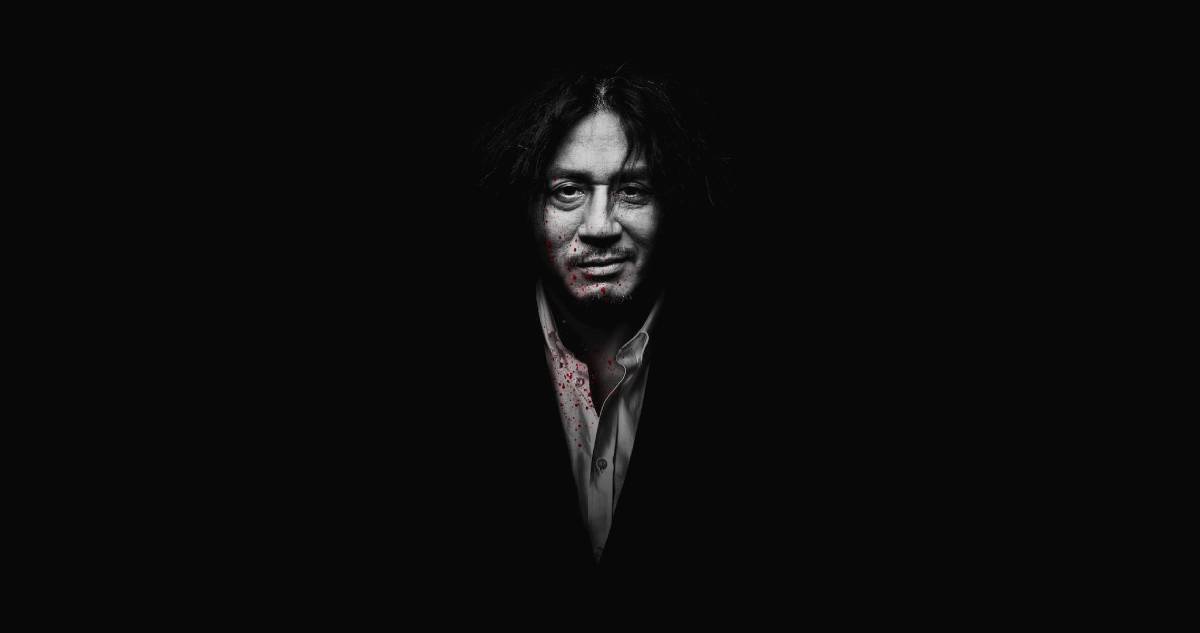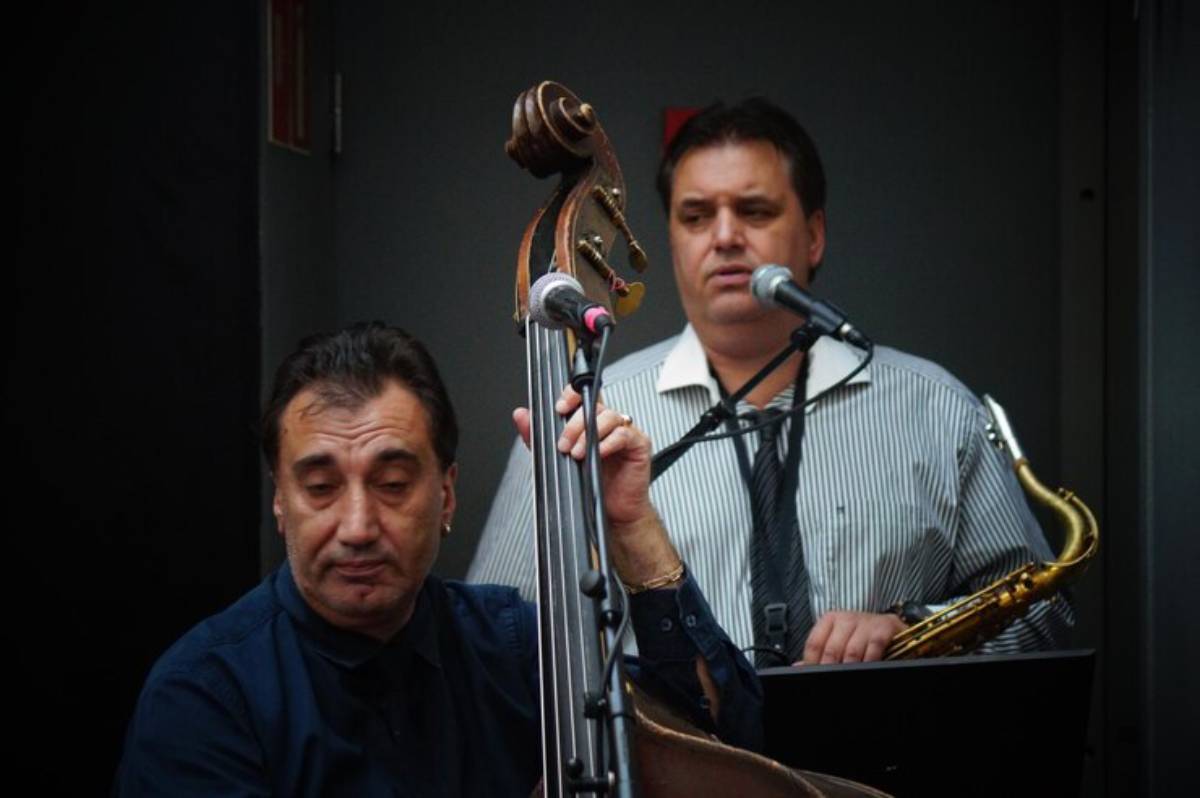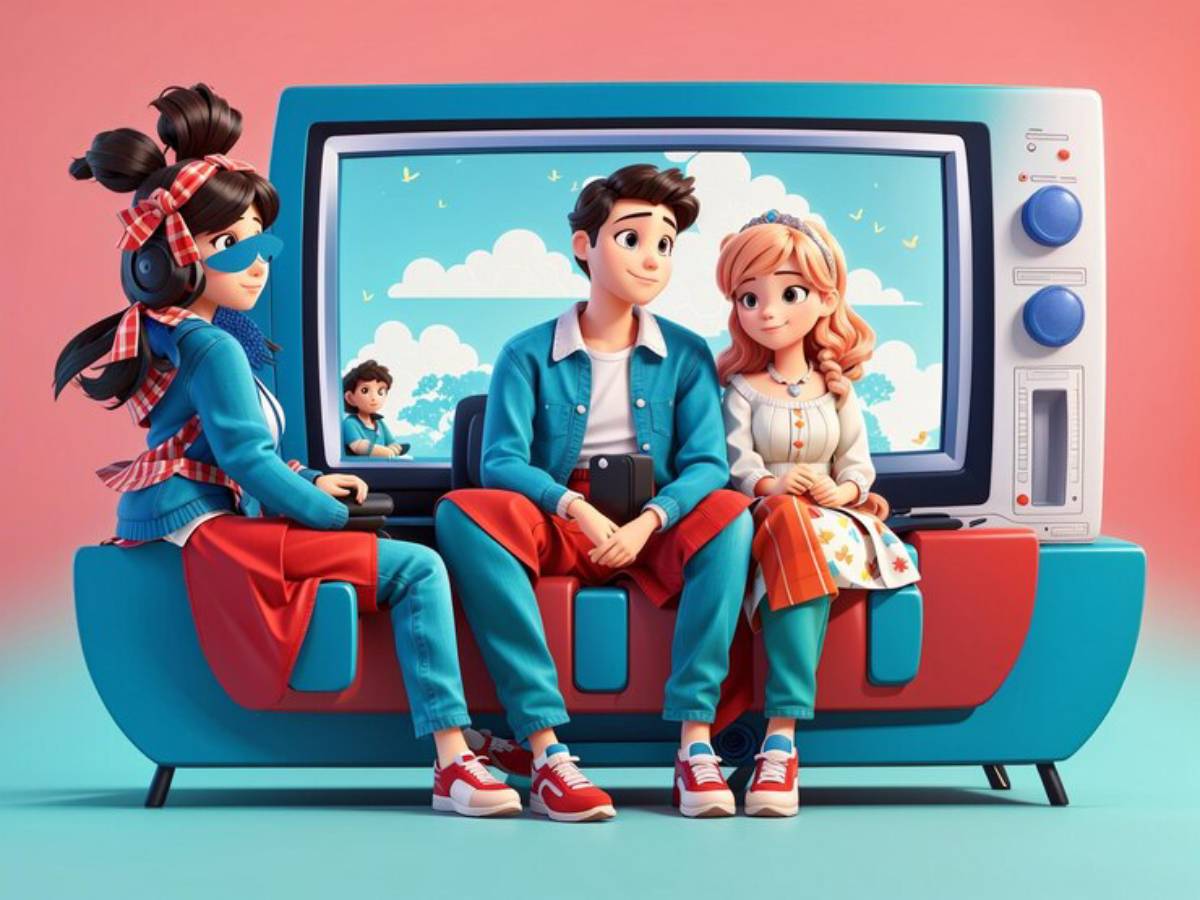
Directorial Styles That Define Modern Filmmaking
Filmmaking is always evolving. Every generation brings new visual rules, storytelling tools, and creative priorities. Today, new film directors are changing cinema in bold ways. They challenge tradition, mix genres, and try out fresh storytelling methods.
In 2025, we see both minimalist realism and stylised excess. This year is all about contrast and trying new things. These changes go beyond the screen. They spark a bigger talk about identity, technology, and creating in a world full of content.
This article looks at film direction trends and visual styles that shape today’s movies. Here’s what shapes the cinematic style of 2025. We’ll look at storytelling choices and technical aesthetics. Plus, we’ll highlight the directors who are leading the way.
The Rise of Authored Aesthetic
One of the most noticeable shifts in today’s film landscape is toward a deeply personal, “authored” directing style. Instead of conforming to studio expectations, many filmmakers are embracing distinctive visual voices. Think of it as the director as a brand—where viewers can spot a film’s creator without seeing the credits.
This trend includes:
- Bold colour palettes and lighting choices (e.g., Ari Aster, Julia Ducournau)
- Unique framing and camera movement
- Sound design and scoring that double as storytelling devices
- Experimental narrative structures or timelines
Audiences are more drawn than ever to films that feel like they were crafted by hand—not by algorithm.
Documentary-Inspired Realism
While some directors go big and bold, others lean into the quiet realism of documentary-style storytelling. These films often feature natural lighting, handheld cameras, and improvised dialogue, lending them a raw, immediate feel.
Why it’s trending:
- Viewers crave authenticity in an age of polished content
- It blurs the line between fiction and reality
- It brings emotional weight to otherwise simple stories
Recent examples of this cinematic style in 2025 include indie dramas, streaming series, and even some big-budget films adopting this stripped-down look to connect with audiences on a human level.
Lo-Fi Science Fiction and Intimate Worldbuilding
Science fiction doesn’t always need spaceships and cities in the sky. Many modern film directors are exploring futuristic ideas through grounded, personal stories set in everyday environments. This “lo-fi sci-fi” approach keeps the focus on characters and emotional arcs rather than spectacle.
Common elements:
- Subtle tech or speculative details
- Understated visual effects used sparingly
- Themes of isolation, AI, and digital identity
- A focus on ethical or emotional consequences of future tech
This trend reflects a growing interest in how technology quietly affects our lives—and how cinema can reflect that without visual overload.
The Return of Maximalism
At the opposite end of the spectrum, maximalist filmmaking is making a comeback. These films are loud, stylised, and unapologetically cinematic. Directors in this lane embrace spectacle—not just in story but in visuals, sound, and pacing.
Characteristics include:
- Fast edits and layered timelines
- Over-the-top sets and costume design
- Meta commentary and genre mashups
- Playful use of visual effects or animation
Filmmakers like Greta Gerwig (with Barbie), the Daniels (Everything Everywhere All at Once), and Baz Luhrmann continue to inspire a generation that sees film as both art and entertainment.
Long Takes and Immersive Camerawork
More filmmakers are using long, uninterrupted takes to draw viewers deeper into the scene. These shots require detailed choreography but create a powerful sense of presence—pulling audiences into the moment and making them feel like part of the action.
Where it’s used:
- Tense action scenes without cuts
- Emotional monologues that unfold in real-time
- Tracking shots through complex locations
- Subtle slice-of-life moments that reveal character
This trend emphasises trust in the viewer’s attention span—and trust in the actor’s performance. It’s a technique that turns simple scenes into something unforgettable.
Surrealism and Psychological Layering
Some of today’s most striking films blend the real and the surreal, using dreamlike imagery to explore the mind, memory, or emotion. These films don’t always follow traditional logic, but they use that ambiguity to powerful effect.
Key influences and styles:
- Visual metaphors that replace literal storytelling
- Ambiguous timelines or shifting realities
- Layered symbolism and open-ended narratives
- A focus on mood and atmosphere over the plot
This style is especially popular among directors exploring identity, trauma, or existential themes. It often feels more like visual poetry than narrative fiction.
Cross-Genre Storytelling
Many of 2025’s most exciting films refuse to stay in one genre. They mix horror with comedy, drama with fantasy, or romance with sci-fi. This blending makes stories feel unpredictable and fresh—and it reflects the real-world complexity audiences connect with.
Examples include:
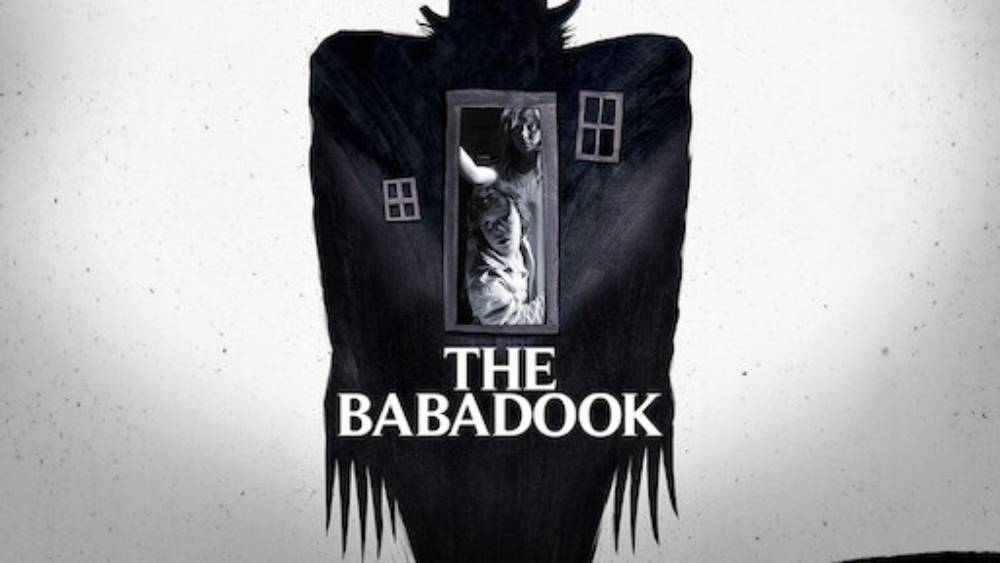
- Horror dramas that explore grief (The Babadook, Men)
- Sci-fi romances (Her, Past Lives)
- Comedic thrillers (Succession, The Menu)
- Animated docu-dramas and narrative hybrids
These film direction trends speak to an audience that doesn’t want to be boxed in—and neither do the directors.
Voice-Driven Narration and Perspective Shifts
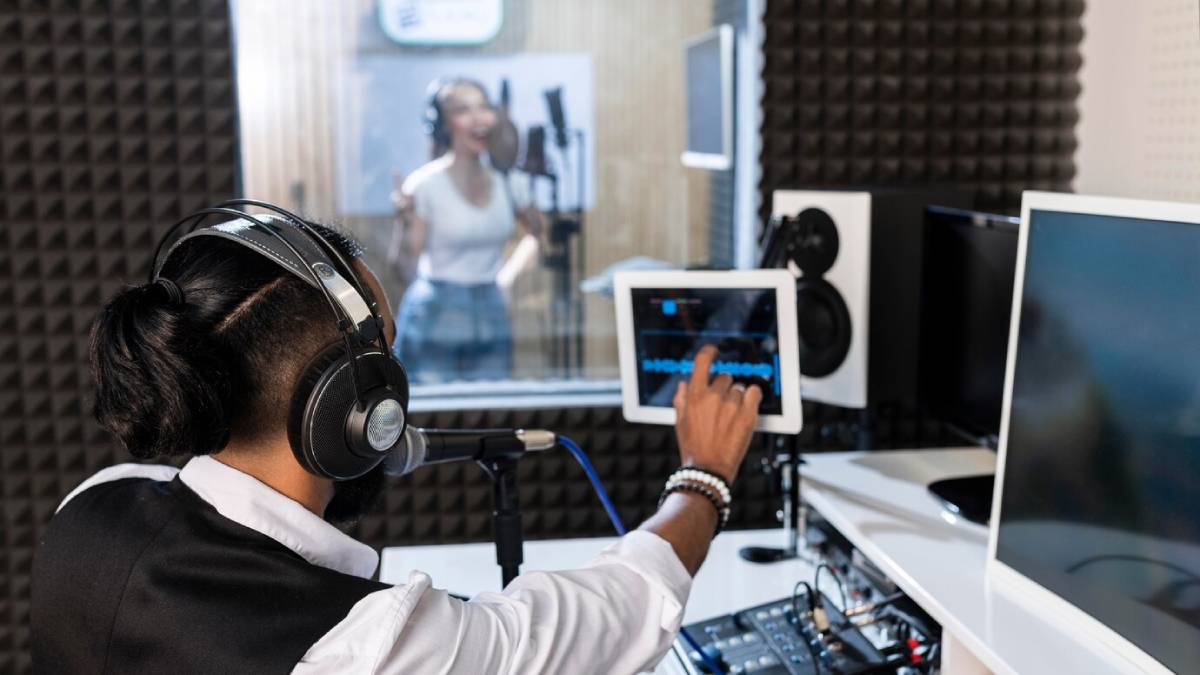
Some of today’s most compelling films play with perspective, allowing multiple characters to tell their side of the story or shifting point-of-view midway through. Others use voiceover narration in bold new ways—not just as a device, but as a central part of the film’s style.
This can include:
- Unreliable narrators
- First-person camera techniques
- Dual storylines that reflect different emotional truths
- Voiceovers that contradict or enhance the visuals
These approaches challenge the viewer and open up storytelling to more nuanced interpretations.
Modern Film Directors to Watch
Several modern film directors are pushing boundaries and shaping the current cinematic landscape. These creatives, whether in indie circles or studio projects, are known for their bold styles and strong viewpoints.
- Barry Jenkins – Known for emotional realism and poetic visuals (Moonlight, The Underground Railroad)
- Chloe Zhao – Merges naturalistic storytelling with grand, sweeping cinematography (Nomadland, Eternals)
- Robert Eggers – Creates eerie, immersive worlds using historical settings and stylised language. Notable works include The Lighthouse and The Northman.
- Celine Sciamma – She captures close moments with warmth and ease (Portrait of a Lady on Fire, Petite Maman).
- Ari Aster – Mixes horror, family drama, and surrealism. He does this with careful framing in films like Hereditary and Beau Is Afraid.
- The Daniels – Mix genres, absurdity, and personal themes. Think of “Everything Everywhere All at Once.”
- Lulu Wang – Combines cross-cultural storytelling with emotional honesty (The Farewell)
Each director shows a unique path for modern cinema. Many of them inspire the next generation of storytellers.
Final Thoughts: A New Era of Visual Storytelling
Cinema has always evolved. Today’s directors show a fast, fragmented world filled with meaning. The cinematic style of 2025 is more diverse than ever—visually, emotionally, and narratively.
Today’s most exciting films are shaped by directors who love to experiment. They blend realism with imagination, creating unique experiences. They mix genres and rethink structure. They use tools like sound design and camera work to tell stories that linger long after the credits roll.
It means more choices for audiences. Filmmakers have more freedom too. This opens endless possibilities for the future of film.
